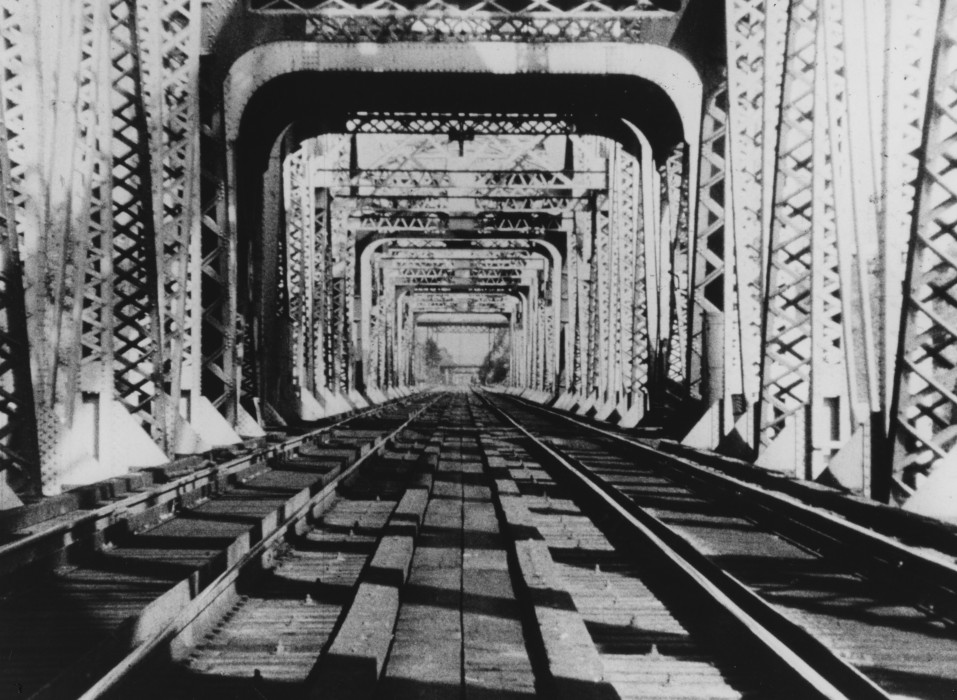Richard Serra didn’t think the films and videos he made between 1968 and 1979 had anything to do with sculpture—his or anyone else’s. There’s not much use in arguing with the dead, and anyway, whether or not “it is nonsense to think that film or video can be sculptural,” as he claimed in a 1980 interview, is a concern for the theorists. In the context of criticism, the relevant question is what Serra’s moving images might betray about the sensibility that allowed him to become one of this country’s most revered artists over the last two decades of his life."
“Aggressive…obstinate…macho MF.” That’s how Serra described the caricature he’d been saddled with since early in his career during a conversation with Charlie Rose. An avoidable part of his work’s greatness is a result of its sheer physical imposition, of dealing with curves of steel often weighing dozens, at times hundreds, of tons. But anyone who’s spent any time in the presence of the torqued ellipses will recognize that their effect depends as much on a weird, human intimacy as it does on their overwhelming scale. This is where the moving images come in with minor, clarifying force. His first monochrome 16mm films were derived, more or less, straight from Yvonne Rainer’s Hand Movie (1966)—a “dance film” performed by her right hand while recovering from surgery—and they extend her fascination with the visual potential of this appendage.
The most famous, and the best, of these is Hand Catching Lead (1968). In contrast to Rainer’s androgyny and high modernist sophistication, it’s overtly masculine and dumb. Its title is both plain and a feint: scraps of lead are tossed at Serra’s dirty and calloused hand—it enters horizontally from the frame’s right edge, deflating Rainer’s mock religious upward gesture—but he fails more often than he succeeds in his attempts to catch them. It’s a boy’s dumb idea, of course, pointless and potentially painful. It’s dumb as in clumsy: this would be a very different film if he caught every shard. And, in a more profound sense, it’s dumb in refusing to communicate, to provide meaning. Any potential allegory—even one about the dumbness of masculinity—fails in the face of the specific, pathetic physicality of these three minutes.
Hands and then faces remained dumb across Serra’s films and videos over the next few years: unbinding themselves, sweeping a floor, holding a weight; pulling away colored sheets of paper; twirling until collapse. Surprise Attack (1973), a video in which Serra tosses a weight of lead between his hands in rhythm with his recitation of a fragment from Thomas Schelling’s game theory regarding the potential for violence, ended the first phase of his moving-image work. The longer, 40-minute video Prisoner’s Dilemma (1974) expanded this interest in game theory into a satire of early sitcoms, continuing an engagement with the tropes, aesthetics, and expectations of broadcast TV found in Television Delivers People (1973) and Boomerang (1974).
The video, made with the artist Nancy Holt, that comes down to us as Boomerang is a document of a live televisual performance done for a public access channel in Amarillo, Texas. It is, I think, one of the high points of American video art, a piece of pop psychedelia as far out as anything the Dead played that year. For ten minutes, including 60 seconds or so in which the image drops into a blank blue with the text “Audio Problems,” Holt sits in close-up wearing a pair of headphones that play back her own speech, the broadcast/video’s soundtrack condensing her voice in staggered echoes. Placed at the center of a feedback loop—the key formal trait of video art—Holt shifts between expressions which can only be described in the most tenuous ways: “I think that it makes my thinking slower.” This portrait of Holt’s experience of herself as a being of language, as human—the way in which her face at once fails to communicate anything decisive about that experience while remaining deeply compelling to look at—is as precise a background as I can imagine for the work that finally stamped Serra’s name in the history of sculpture. (The same applies to Holt’s own, quite distinct, practice). Perhaps it’s unsurprising that his final film, the 16mm Steelmill/Stahlwerk (1979), documents the creation of the first of his massive forged steel pieces, Berlin Block (for Charlie Chaplin) (1977).
Richard Serra: A Film and Video Exhibition is on view through September 14 at Dia Chelsea.



